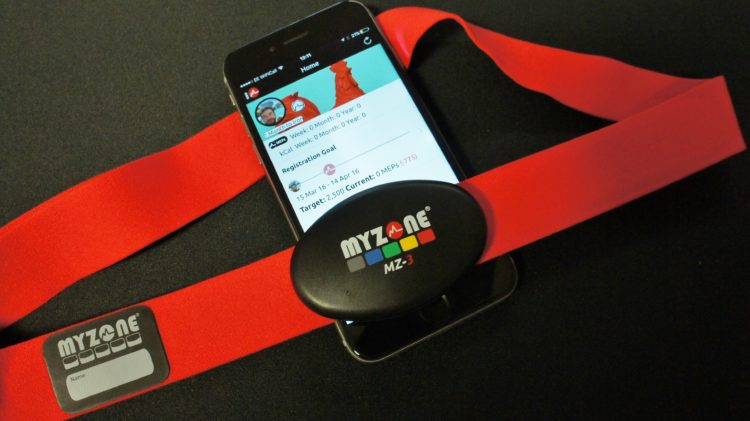The wearable technology revolution
3 June 2017 / 11:47 am

The evolution of smartphone technologies coupled with rapid advances in biometric and health monitors has launched the wearable health device into the modern gym, exercise and fitness environment. It is now normal for gym users to use some form of wearable technology to enhance their training and fitness programme. Devices such as Apple’s Watch and Samsung Gear provide features that allow users to record their daily activity, steps and distances as well as GPS tracks. More specialised wearable devices such as the FitBit Blaze, the Garmin Vivosmart and Jawbone UP2 have become an essential part of the serious athlete’s training programme. The rise and acceptance of social media allows users to preserve and share their life and exercise memories as well as compete with friends and family remotely.
Early wearable technologies included heart rate monitor bands and activity trackers, some of which could be linked up to gym equipment. As people have taken more interest in their health however the individual has been able to choose the way that they collect and store their data. This health tracking data collection is part of the quantified, or measurable-self movement.
Access to smartphones is rapidly rising and a new report from Cisco says that by 2020, there will more people around the world who own a phone than those who have electricity or running water. The report also suggests that there will then be around 11.6 billion “mobile-ready” tech devices, mostly due to the increase in wearable technologies. There are over 150,000 health related applications available for download onto modern smartphones and at least half of smartphone users have used a health related application. Around one in five people is the US currently own some form of wearable technology device. As a consequence the wearable technology industry is now worth $14 billion a year and is due to rise to $34 billion over the next four years.
The future of wearable technologies looks exciting with augmented and virtual reality devices on the immediate horizon offering enhanced training environments and experiences. Group training systems such as MyZone will change the way that people participate in exercise classes. Developments in longitudinal activity data analysis with systems such as IBM Watson’s computer will hopefully lead to greater personalised analysis of wearable technology data streams. I expect that using our own quantified data in a smart way will allow us to predict changes in our behaviour or performance. These systems should then be able to provide feedback to modify our training or exercise techniques to protect the individual as well as enhance outcomes.
More Posts
16 March 2024
Developing a new strategy for healthy Islanders
4 February 2024
A digital health diary for Jersey
27 December 2022
Utilising artificial intelligence in cardiology practice
12 June 2022
Under the bonnet – time for your heart’s MOT
12 March 2022
What is heart valve disease and what does that mean for me?
12 January 2022
Preventing heart disease using augmented digital health intelligence
1 October 2021
How heart health has been impacted by COVID-19
1 August 2021
The importance of the rhythm of your heart
21 June 2020
What is atrial fibrillation?
8 April 2020
Coronary heart disease and risk of heart attacks
11 January 2020
The Era of Immersive Health Technology
22 September 2019
The heart and stress
18 August 2019
Screening for Atrial Fibrillation and the Role of Digital Health Technologies
20 November 2018
Ectopic beats – how many count?
28 July 2018
How can immersive VR and AR technologies improve your physical and mental health?
7 March 2018
“The patient takes charge” – enhanced care with Digital Health technologies